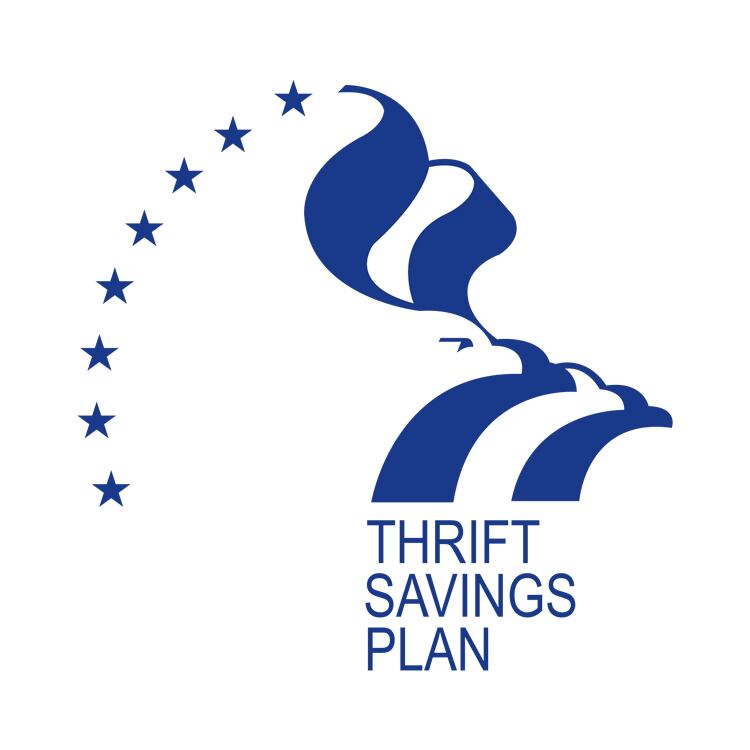Correction: A previous version of this story misinterpreted "the high end, 0.049 percent." A more accurate description has been added.
As a Thrift Savings Plan investor, you have access to retirement investment funds that are about as inexpensive as you'll find anywhere. In 2014, the total cost charged to participant's accounts ranged from 0.029 percent to 0.049 percent of account assets, depending upon the fund. Even at the high end, 0.049 percent — or about 49 cents for every $1,000 invested — is extremely low. You can invest $1 million in the TSP, in a well-diversified portfolio, for $490 per year or less. I don't think you can do that anywhere else.
So, the TSP's expenses are the lowest. It's a big deal because relatively low costs translate into relatively high expected investment returns. And higher investment returns mean more money in your account later on, when you'll need it to pay your bills. And more money to pay your bills means a higher standard of living for you, even now.
More Like This: Read Mike Miles's Money Matters blog
Investment expenses reduce returns. When you invest, you invest in markets, and those markets will produce a return without any special effort on your part as an investor. All you have to do is participate and you'll receive the market's return, less whatever you spend to participate. And that's where investment costs raise their ugly heads.
The difference between the TSP's cost and the cost to own the average retail mutual fund is about 1 percent. Say you put together a properly diversified portfolio, composed of the TSP's funds. If we round the TSP's cost up to an even 0.05 percent, or 5 cents per $1,000 invested, you will capture 99.95 percent of the market portfolio's return. If the market portfolio produces a 10-percent return for the year, you will earn 9.995 percent.
On the other hand, if you build a similar portfolio in an individual retirement account (IRA) account, using those mutual funds that cost closer to 1 percent per year for the privilege of ownership, only 9 percent of that 10 percent market return will make it into your account. The rest — 10 percent of your return — will wind up in middlemen's pockets.
You may think that 9 percent out of 10 is not so bad. Well, think again. Earning 9 percent, instead of 10 percent, per year over 40 years will cost you about a third of your portfolio's value. And that reduction in value will require a corresponding reduction in the income that you can depend on from that portfolio over those 40 years. Of course, your loss is someone else's gain — which is generally true for investing. That's why, if you've accumulated a large TSP balance, you will face a steady stream of salespeople urging you to move your money from the TSP into an IRA. Fall for that pitch and you'll be lucky if it only costs you an additional 1 percent in expenses. In addition to fund expenses, that IRA can also bleed off sales commissions, service fees, advisory fees, costs and account-level administrative expenses. It's entirely possible that you could wind up paying 2 or even 3 percent more than what you're paying as a TSP participant.
The snake-oil sellers will tell you that it's worth paying more to get out of the stodgy old TSP and into an account where you can make some real money. Baloney!
Don't believe the talk. For any level of investment risk, the TSP will produce a higher expected return than any higher cost alternative. Period.
Combined with the availability of the G Fund, the TSP's low costs make it an unbeatable place to save and manage your money for retirement income. If you want to get the most out of your TSP account, you'll need to leave the most you can in it, for as long as you can.
Mike Miles is a Certified Financial Planner licensee and principal adviser for Variplan LLC, an independent fiduciary in Vienna, Virginia. Email your financial questions to fedexperts@federaltimes.com and view his blog at money.federaltimes.com.





